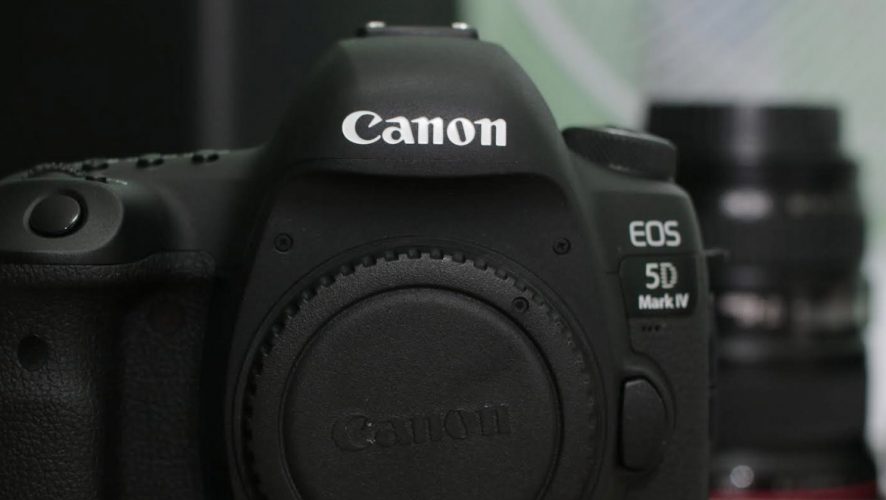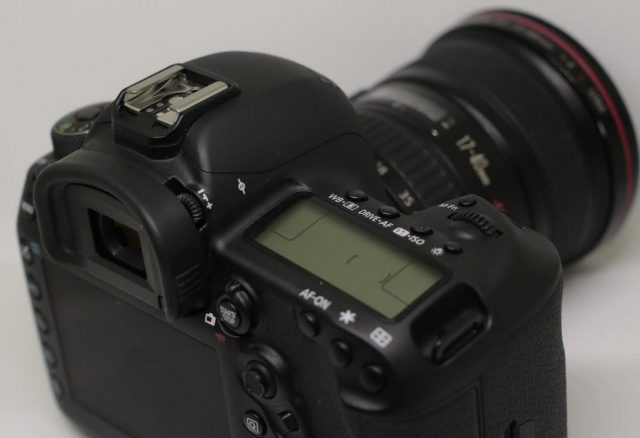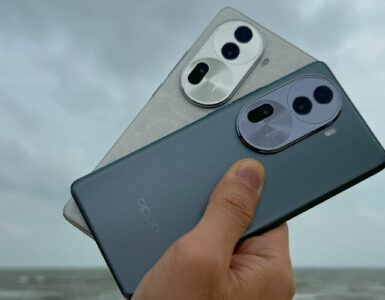I took the plunge to upgrade my camera body to the 5D IV.
As a long time Canon user, the choice to stay within the ecosystem was clear.
The first feeling that hits when picking up the camera is a sense of familiarity. Having used a 5D III and a 760D, the camera interface, physical and software-wise was almost identical, albeit with a few additional custom buttons.
One nice bonus – this new model is 75g lighter than the old one, despite additional weather-sealing, although this may not add up to much once a heavier lens is mounted.
The body is being paired with the 17-40 f4L in the photo.
While the Canon 5D IV is not the latest camera on the market, there are certainly a few key features that still make this model a compelling buy. Here’s how the camera has been able to help me on my journey in becoming a better photographer.
Image Quality and Performance
Canon’s new 30.4 megapixel full-frame CMOS sensor has produced impressive images for me. Raw files measuring 6720 x 4480 provide a lot of real estate for cropping in post-processing and is more than sufficient for large prints. For comparison, a 4K resolution monitor only has 3840 x 2160 pixels.
ISO performance is a step up from their older sensors as I find myself getting usable images up to ISO 12800. Dark environments are a problem of the past when paired with fast lenses, with such ISO performance.
Dynamic range is measured to be at 13.6 stops by DxOMark, which is a little shy of the competition, such as the Nikon D850 or the Sony A7rII. However, in real-world work, it proves to be more than enough, enabling me to recover the details in overblown highlights and dark shadows.
All this adds up to leaving the photographer with a lot of margin for error. Although it should not occur often as I am a professional photographer, it is always comforting to know that in the heat of the moment when I forget to change settings, my images are not beyond saving.
Raw image (left) versus Processed image (Right)
As an events and nightlife photographer, I often have to work in dim and dark environments with unpredictable lighting. Autofocus on the 5D IV is still fast and accurate under those conditions, probably due to the fact that the AF system is borrowed from the one implemented in the 1DX, save for a slightly lower resolution metering system.
I find myself being able to focus on the right subjects even with the shallowest depth of fields almost instantaneously, something that would leave my previous 5D III “hunting” for a couple of seconds.
The new LP-6N battery, which has slightly more capacity than the LP-6, is rated at 900 shots (or 300 in Live View). I’ve found that it takes some time for the battery to break in, but once it does it will perform as claimed. This point is proven when I was able to shoot a 5-hour dinner & dance on just one battery. Having gone through many original batteries, I can safely say that Canon’s batteries generally can last quite long, without any degradation in performance.
Dual Pixel AF
When Canon debuted its Dual Pixel Sensor Technology in the 70D, it was revolutionary, and still continues to be. This brings about advantages in both stills and video work. Subject tracking from the Dual Pixel AF is almost spookily good. Face detection is accurate and excellent, and isn’t yet able to track a single eye a la Sony. It’s also important to note that Dual Pixel AF works down to -4 EV across 80% of the frame, so If it’s too dark and you can’t acquire focus through the viewfinder, give DP AF a try.
Subject tracking in videos is miles ahead of any other competitor in the market, and combined with the “touch to focus” feature, makes for one-man shooting to be as easy as it can get.
Connectivity
In this age of social media, the ability to capture and upload images online as quickly as possible is very much valued. The newly improved Canon Connect App available on your phone, with easy pairing over Wi-Fi or NFC, makes it a breeze to transfer images to your mobile devices for some quick editing and uploading. I use it at almost every photoshoot i am on, to update my Insta-story. I have also done live feeding of images taken at events to the organisers for them to update their social media event pages. This feature has allowed me as a photographer to add value to the clients that I service. GPS geotagging is also in-built, making it easy to sort images by location.
Conclusion
My overall thoughts on the 5D Mark IV is that it feels better as a camera than it looks on paper. It is an all-in-one workhorse camera for all kinds of shoots, apart for high action sports photography. It is definitely a worthy replacement for the 5D line, despite the concerns of it being lacking in features such as better 4K video recording and larger dynamic range, something which competitors Sony and Nikon have been doing better in.
For someone looking for an upgrade from their ageing 5D III or looking to jump onto the full frame bandwagon, the 5D IV will not disappoint. However, users looking to accomplish serious video work would probably find better value in a Sony or Panasonic.





















